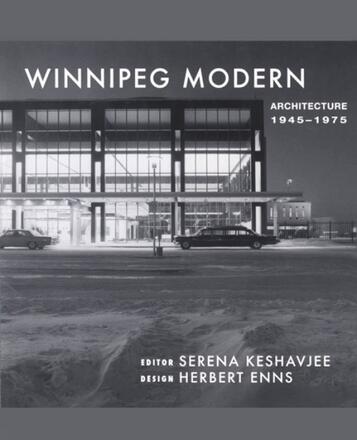
Description
A vivid, stylish, and fascinating look at internationally acclaimed architects and their work.Beginning in the 1940s, John A. Russell, dean of the School of Architecture at the University of Manitoba, nurtured a strong tradition of Modernist design with close connections to architectural giants such as Mies van der Rohe and Walter Gropius. Under Russell’s guidance, a generation of young architects, such as James Donahue and David Thordarson, adapted the principles of European Modernism to the prairie geography. Other nationally renowned architects, such as Étienne Gaboury and Gustavo da Roza, also left a lasting Modernist mark on Winnipeg’s skyline and private residences.Edited by Serena Keshavjee and designed by architect Herbert Enns, Winnipeg Modern captures the grace and beauty of the Modernist period and includes critical and historical essays on the aesthetic and social project of Modernist architecture in Winnipeg. Lavishly illustrated with 300 photographs from provincial archives, the private archives of architect Henry Kalen, and contemporary photographer Martin Tessler, this book is a testament to the Modernist principles of structural expression and purity of form.
Awards
- Winner, Melva J. Dwyer Book Award 2009
- Winner, Carol Shields Winnipeg Book Award 2007
- Winner, Melva J. Dwyer Book Award (2009) and the Carol Shields Winnipeg Book Award (2007)
Reviews
“This book will well serve historians of modernist design and later modern culture, and interest practioners and that wider readership intrigued by the changing pattern of architectural practice and urban development. Highly recommended.”
- CHOICE Magazine, April 2007
“It documents in words and pictures, virtually every building erected in every corner of our city over those 30 years. There are hundreds of them – churches, restaurants, business offices and university complexes – and Keshavjee and Enns place them in their Modernist context. It strikes me as an immensely important historical accomplishment.”
- Morley Walker